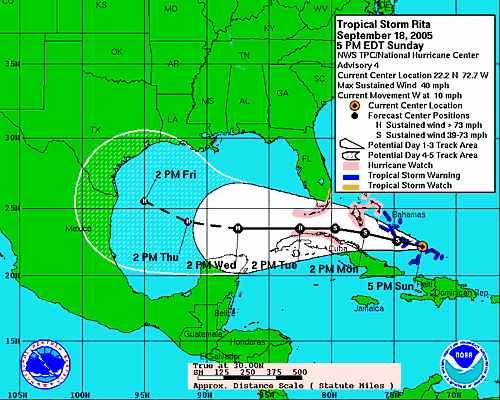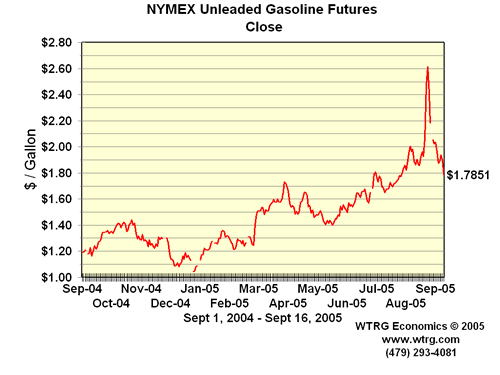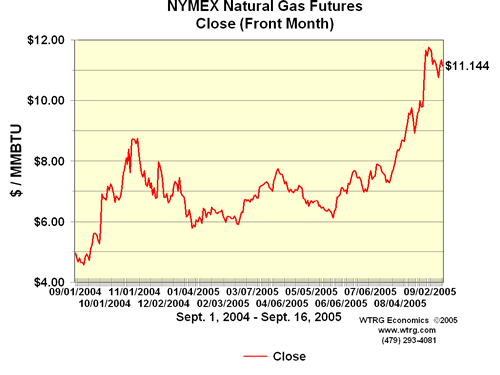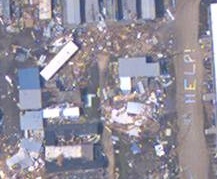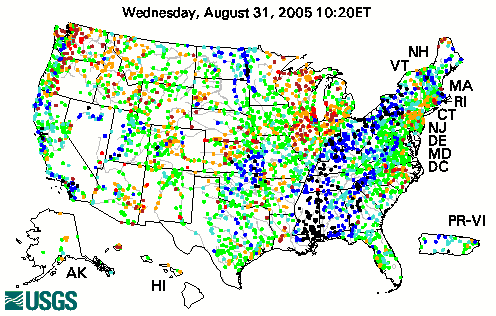Jealous of all the press bird flu’s been getting the blog-o-sphere ecology has evolved splogs. They are causing congestion of my pubsub queries. Today’s title: Your Child Recliner Has Grape Jam on It!. Seller Financing.. Many of my pubsub queries are coughing up a steady phlegm of splogs, bu it could easly get worse. Just remember the great spam plague of 1998; millions of email addresses died!
Lets toss two terms into the pot. “Dominant design” and “convergent evolution” into the pot. In part because I want to drop them into ye olde blog. But mostly because the provide an entry point to I want to get off my chest about bird flu.
Dominant design is a term of art among the folks who think about innovation. Dominant designs emerge in design spaces as innovators progressively “mine-out” the options in the design space. Once the dominant designs emerge it becomes possible for complementary activities to gather around them – i.e. they create new design spaces. I like the term because it avoids calling these the best designs. The emergence of dominant designs is extremely contextual and path dependent. Owning the dominant design, being the early into that part of the design space, and encouraging the emergance of the compilmentary stuff is all part and parcel of the gold rush in and around one of these design spaces. Careful though. It is rare tha a single dominant design emerges from a design space; more typically a bloom of designs emerges. How skewed the user’s adoption of these designs turns out varies. There are, for example, a handful of dominant designs for operating systems. Typical power-law stuff.
Covergent evolution is the name given a pattern observed in nature where two very similar species (or organs) evolve in widely seperate environments. The design of the two species converges, presumably, because the two niches place analagous pressures on their evolution. Examples of convergently evolved species can be quite disconcerting. When traveling in Ireland many years ago I found it bizzare how some of the birds would behave almost identically along the forest edge to those in New England. If they had behaved exactly as the birds at home that wouldn’t have bothered me; but in Ireland they would dart in slightly different patterns. Which would trigger for me a startle reaction. These days I often experiance something analagous when talking to people from differing developer communities. For example both Apache and Wikipedia appear to have covergently evolved some community norms the might be filed under “convival.” Or, for example most commercial developer networks begin with a focus on developers (aka hackers) but then there emerges a parrallel network that nurtures the relationship with the folks who market the products built on the platform.
Dominant design is a way to think about the shape of systems over time. You can expect to find dominant designs in any reasonably system (market, institution, ecology, whatever). You can expect to see conflict about what designs will be dominant in systems that haven’t stablized. Users attempt to time their choices about when to adopt depending on these signals about how stable things are; and the appearance of dominant designs is just such a signal.
Convergent evolution is a way to think about where to go to get ideas. Similar ecologies can be expected to be rich sources for patterns that are likely to work in your home community. While gene splicing design patterns is easier than teaching Irish birds to fly right it’s still real work. It often fails because it’s easly to over simplify and presume that a the other system is like your own when on closer examination that presumption would fall appart.
Ok, so about that bird flu. The standard story template in the media about bird flu is to tell the story of the 1918 flu pandemic. The fear that nature’s random number generator will mutate the current flu into a form that is virilent in humans. This fear plays on our intuitions about both dominant design and convergent evolution. Do either of these make sense?
We know that systems tend to settle down with one or more dominant designs settling out. But I don’t see how that is a reasonable expectation in this case. Two forces drive things toward a dominant design: fitness and complements. While an operating system has complements a flu doesn’t. So is a more virilent flu more fit?
Of course a flu virus doesn’t engage in longterm planning, but the 1918 flu was obviously too virilent for it’s own good. That’s why it went extinct; it burned bright, fast and out.
Our intuition that this flu will converge to the same design pattern as the 1918 flu is all well and good, but it only leads naturally to the next question. What niche did the 1918 flue arise in. What niche encouraged so virilent a beast. There is a good discussion of just that question in Paul Ewald book.
He argues there that it is entirely possible that the 1918 flu evolved in a very very unusual niche; i.e. the one created by the allied army in support of the trench warfare of the first world war. It wasn’t that the trenchs were a squalid venue; those are common. What was unique about that niche was the tremendously vigorous mixing of flu victums.
To survive a flu virus needs to strike a balance; it must be mild enough to assure it gets passed onto lots of other victums. So the good news is that this tends to temper how virilent a virus of this kind (air infection) becomes. Ewald’s guess about the 1918 virus is that because when a young soldier fell ill with a virus in the trenchs they would toss him in a truck and then bucket brigade him to a series of hospitals. This bucket brigade assured that the virus got to infect a lot of other people. This environment encouraged the virus to evolve toward a more and more virilent strain. First off because it didn’t suffer the negative consequences of high virilence, i.e. lossing the opportunity to infect a large follow on population. Second because high virilence increased the chance the victum would be pulled out of the trenches; giving the virus an impoved chance of infecting a large follow on population.
It’s not hard to see how the hyper dense bird farms of modern agriculture offer an analagous niche for evolving virilent strains of bird flu. Sidebar: the word selfish doesn’t quite seem to be the optimal label for the practice of feeding generic anti-viral drugs to farm animals.
The important question about bird flu in humans is two fold. How far in the flu design space does the existing bird flu need to travel to be virilent in humans; and are we providing a niche that rewards traveling in that direction? We are not running a 19th century European trench war, so that’s good news. Not that I really know anything about the evolutionn of infectious diseases but it appears to me that both the intuitions that drive the fear about bird flu don’t stand up to casual closer examination. Of course, casual isn’t a very good strategy for risk management.

